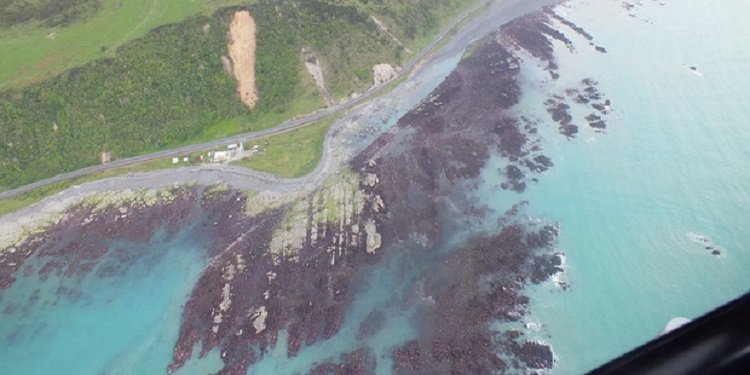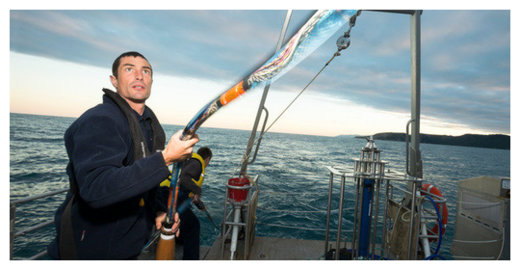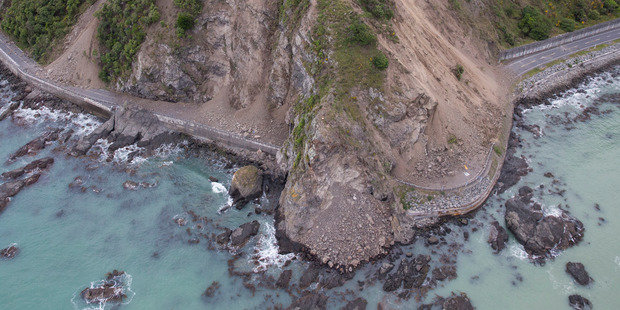
He was at South Bay wharf today about 90 minutes before low tide making sure he was seeing correctly. He said the explanation was simple - and it wasn't good.
"Our summer is buggered. We're all out of a job pretty much."
Kaikoura was dependent on tourists and fish, including crayfish, and there wouldn't be any of them around for a few months, he said.
"Normally it's busy, flat out. There are four whale watching boats, three charter fishing boats and three dolphin-watching boats, and long weekends and Christmas we get recreational fishing boats from Christchurch."
But now, instead of diving for paua, the seafood beds had been left exposed by the rise in the sea floor.
"Normally where we go diving people are walking out and picking them up.All the kaimoana that's in that zone is going to die, probably and even the stuff that moves down that's not the environment it likes to live in.
Dean Kennedy, boat skipper

Mayor Winston Gray admits the seabed rising will be a challenge for the harbour and the local tourism industry.
"It's changed the landscape. It appears that our ground has lifted, some say, up to a metre, we will find out later but it's distinct, you can see it from the shore.
"So it's a millennial change, I guess."
The tourism industry was vital to the region and they had to work out a way to "just get on".
This summer had been looking like their busiest yet.
"We were looking at our best season ever. Had this happened any time between Christmas and May we would have had double the amount of people in town, and some."
Civil Defence controller James Mackie described the seismic shift as "staggering".
There was a half metre uplift on the hills around Christchurch during the quakes, he said, leaving the city "tilted".
Dr Joshu Mountjoy, a marine geologist at the National Institute of Water and Atmospheric Research said it appeared that the Hundalee Fault, running out from Oaro, was responsible for uplifting large stretches of the coastline.
"Some faults go side-to-side and that was very clear with the Kekerengu Fault - we've seen offsets of about 10m horizontally - but some faults move vertically, and in this case, the fault has pushed the land up into the air, and it appears to be by about a metre," he said.
This effect was normally seen all along the east coast of the South Island and of the North Island - albeit across a much longer timescale.
"A lot of coastal terraces reflect that long-term uplift and some of these are on a deep-seated subduction zone and sometimes it can be on a local fault that's not far off the shore," Mountjoy said.
"There are indications that both of these things happen in New Zealand, and in this case, I wouldn't like to be specific about what's causing it at the moment."




Reader Comments
We dig cavities below to build above.
Death and decay.
Layer upon layer the Earth grows.